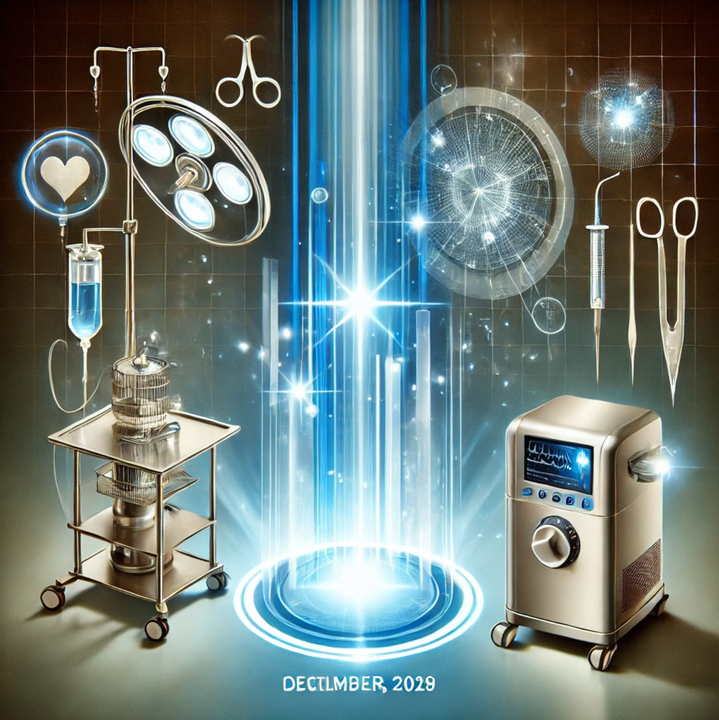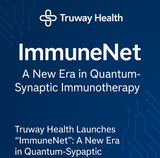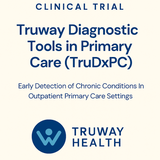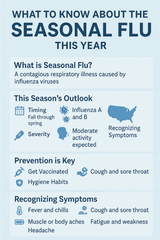The Importance of Proper Sterilization in Healthcare Settings
Sterilization is a cornerstone of modern healthcare, ensuring the safety of patients and healthcare workers by eliminating harmful pathogens. Proper sterilization practices reduce the risk of infections, enhance patient outcomes, and maintain the integrity of healthcare systems. Here’s why sterilization is crucial and how it can be optimized in various healthcare settings.
1. Why Sterilization Matters
Healthcare environments often deal with vulnerable populations and invasive procedures, making sterilization a non-negotiable practice. Without proper sterilization:
- Risk of Infections: Pathogens on medical tools or surfaces can lead to healthcare-associated infections (HAIs), affecting millions annually.
- Cross-Contamination: Improperly cleaned tools can transfer pathogens from one patient to another.
- Compromised Trust: Patients rely on the assurance of clean and safe healthcare practices.
2. Key Sterilization Methods in Healthcare
Healthcare facilities use a variety of sterilization methods based on the type of equipment and level of sterilization required:
a. Autoclaving (Steam Sterilization)
- Uses high-pressure steam to kill bacteria, viruses, and spores.
- Applications: Surgical instruments, lab equipment.
- Advantages: Cost-effective and highly efficient.
b. Ethylene Oxide (EtO) Sterilization
- A gas-based sterilization process for heat-sensitive equipment.
- Applications: Catheters, electronic devices.
- Advantages: Safe for delicate materials.
c. Chemical Sterilization
- Utilizes liquid chemicals or gas plasma for sterilization.
- Applications: Endoscopes, plastic surgical tools.
- Advantages: Effective for sensitive materials that cannot withstand heat.
d. Radiation Sterilization
- Uses ionizing radiation (gamma rays or electron beams) to sterilize.
- Applications: Single-use items like syringes and gloves.
- Advantages: Ideal for large-scale sterilization.
e. Dry Heat Sterilization
- Involves high temperatures without moisture.
- Applications: Glassware, metal instruments.
- Advantages: Suitable for items that could be damaged by moisture.
3. Best Practices for Sterilization
To ensure maximum effectiveness, healthcare providers must follow strict protocols:
- Pre-Sterilization Cleaning: Instruments should be thoroughly cleaned to remove organic material before sterilization.
- Packaging: Use sterilization wraps or containers to maintain sterility post-process.
- Validation and Monitoring: Regularly test sterilization equipment with biological indicators to ensure efficacy.
- Proper Storage: Store sterilized items in clean, dry environments to maintain sterility.
4. Common Challenges in Sterilization
- Time Constraints: In busy healthcare settings, the rush to reuse tools can compromise proper sterilization.
- Improper Training: Staff not trained in sterilization techniques can inadvertently introduce errors.
- Equipment Failures: Malfunctioning sterilizers can lead to incomplete processes.
5. Innovations in Sterilization
Recent technological advancements are revolutionizing sterilization practices:
- IoT-Enabled Sterilizers: Smart devices monitor sterilization cycles in real time, ensuring accuracy.
- Automated Cleaning Systems: Robots clean and sterilize equipment with minimal human intervention.
- Blockchain for Traceability: Blockchain technology tracks sterilization records, improving compliance and transparency.
6. Sterilization in Home Healthcare
With the rise of home healthcare, proper sterilization is equally critical outside traditional settings:
- Use portable sterilizers for tools like thermometers or glucometers.
- Disinfect surfaces regularly with EPA-approved cleaners.
- Educate caregivers on sterilization protocols for patient safety.
7. The Role of Sterilization in Pandemic Preparedness
Sterilization practices are critical during outbreaks or pandemics to:
- Ensure safe reuse of PPE like masks and gowns.
- Sterilize high-touch surfaces and medical equipment to prevent pathogen spread.
Conclusion
Sterilization is not just a routine process; it’s a lifeline in healthcare. Proper sterilization protects patients, saves lives, and upholds the trust placed in healthcare providers. At Truway Health, we are committed to providing top-notch sterilization solutions, from autoclaves to disinfectants, ensuring safety and compliance in every healthcare setting.
Explore our range of sterilization equipment and solutions to keep your healthcare environment safe and effective.
Truway Health News & Insights
Breathe, Refuel, Recharge: Finding Your Daily Balance
Written by Perry JohanssenPublished and Edited by Truway Health Life rarely slows down on its own. B...
Truway Health Launches “ImmuneNet”: A New Era in Quantum-Synaptic Immunotherapy
Reimagining How Immunity Can Be Understood and Guided At Truway Health, innovation never sleeps.Toda...
Announcing the HEALTH Trial: Humanoid Evaluation and Learning in Healthcare
Published by Truway Health, Inc.Principal Investigator: Gavin SolomonClinicalTrials.gov Identifier:...
We’re thrilled to launch our first-ever clinical trial of TruDxPc
Study Identification Protocol ID: TRHW-DX-001 Brief Title: Truway Diagnostic Tools in Primary Ca...
What to Know About the Seasonal Flu This Year
As cooler weather sets in, flu season returns. Each year brings new strains, evolving guidance, and...
Gamification and Health: Turning Wellness Into a Daily Game
Introduction For many people, staying healthy feels like a chore: eating clean, exercising regularly...







